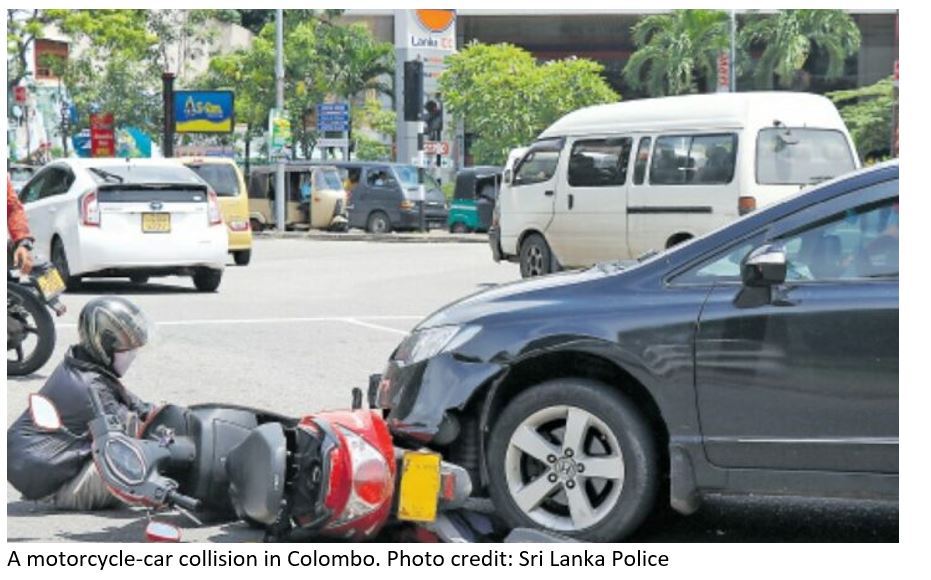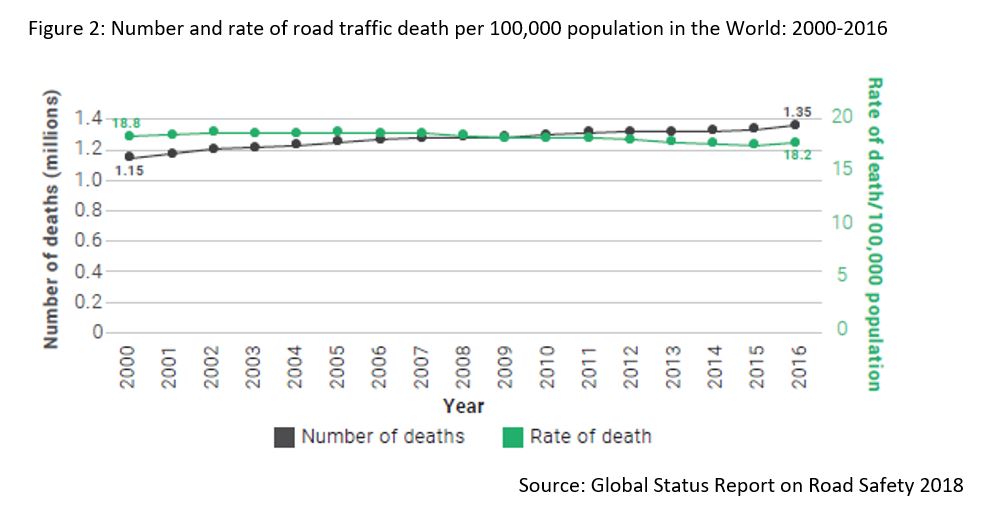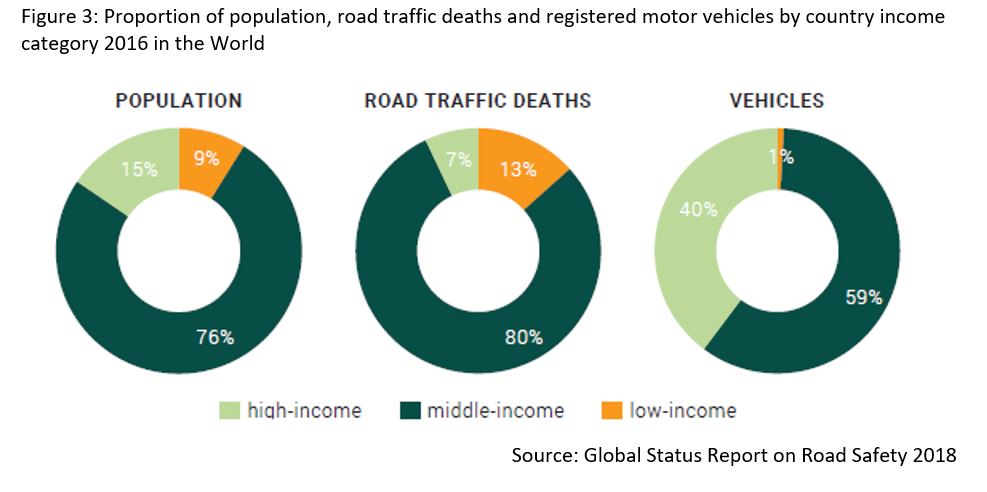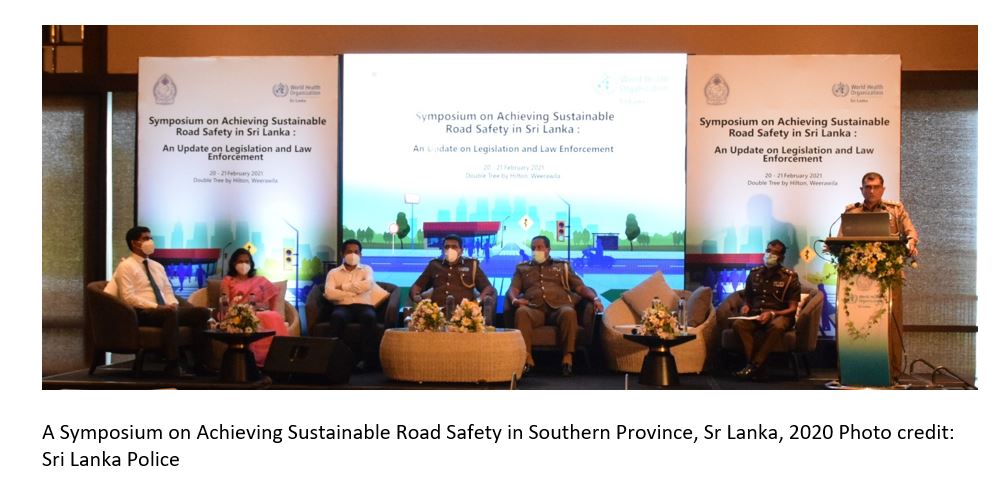
The United Nations Road Safety Week is from May 17-21 and provides a critical time to look back at how safe people are on the roads and also look forward at what steps need to be strengthened for road safety.
The images from across the world are dismal. Around 1.3 million people die each year from road traffic crashes. In response to this tragically high figure which impacts on numerous families, the United Nations General Assembly has set an ambitious target – to halve the global number of deaths and injuries from road traffic crashes by 2030, in eight years.
The profile of road traffic victims from across the world shows that more than half of all road traffic deaths every year are among vulnerable road users: pedestrians, cyclists and motorcyclists.
The economic losses to individuals, their families and to nations as a whole, meanwhile, from road traffic injuries are considerable. These losses arise from the cost of treatment as well as lost productivity for those killed or disabled by their injuries and for family members who need to take time off work or school to care for the injured.
In Sri Lanka, a police analysis reveals that those at the top of the list of people killed on the roads in these three years were motorcyclists, with pedestrians a close second.
Prevention of road traffic crashes
The ‘Safe System’ approach provides a direction to ensure a safe transport system for all road users. The cornerstones of this approach are safe roads and roadsides; safe speeds; safe vehicles; and safe road users, all of which would help eliminate fatal crashes and reduce serious injuries.
An increase in average speed is directly related both to the likelihood of a crash occurring and the severity of the consequences of the crash. Every 1% increase in mean speed produces a 4% increase in the fatal crash risk and a 3% increase in the serious crash risk.
Driving under the influence of alcohol and any psychoactive substance or drug increases the risk of a crash that results in death or serious injuries. In the case of drink-driving, the risk of a road traffic crash starts at low levels of blood alcohol concentration (BAC) and increases significantly when the driver's BAC is ≥ 0.04 g/dl.
Correct helmet use by motorcyclists and pillion riders can lead to a 42% reduction in the risk of fatal injuries and a 69% reduction in the risk of head injuries. Wearing a seat-belt reduces the risk of death among vehicle drivers and front-seat occupants by 45-50% and the risk of death and serious injuries among rear-seat occupants by 25%.
Drivers using mobile phones are approximately 4 times more likely to be involved in a crash than drivers not using a mobile phone. Using a phone while driving slows reaction times (notably braking reaction time, but also reaction to traffic signals), and makes it difficult to keep in the correct lane and keep the correct distance from other vehicles. Hands-free phones are not much safer than hand-held phone sets and texting considerably increases the risk of a crash.
Traffic violations have been identified as one of the main contributory factors for an increase in road traffic crashes over the past few decades, becoming more evident with the rapid increase in vehicles in many parts of the world. These traffic violations include speeding, illegal lane changes and traffic sign violations.
Therefore, traffic violation monitoring systems can help reduce road traffic crashes and propel people not to drink and drive; wear seat belts; use child restraints; wear helmets; and keep to the speed limit.
Other important factors in preventing and mitigating the effects of road traffic crashes include the design of roads (ensuring that footpaths, cycling lanes and safe crossing points are available for pedestrians, cyclists and motorcyclists); safe vehicles; overcoming delays in detecting and providing care for those involved in a crash as even a few minutes can make a difference between life and death.
The improvement in post-crash care should ensure access to timely pre-hospital care and an improvement in the quality of both pre-hospital and hospital care
To prevent road traffic crashes, a holistic approach is essential on the part of governments with the participation of multiple stakeholders such as transport, police, health, education, and actions addressing the safety of roads, vehicles and road users.
In Sri Lanka, the WHO has provided strong support to strengthen road safety. The police launched the e-traffic system – a computer/android-based system where people may upload images and videos – in May 2021 for the reportage of road traffic violations with WHO support. Incorporated into the national system, it facilitates legal action against road traffic violators.
The police were also supported to expand the Sri Lanka Accident Data Management System to the Central Province, while Traffic Police Officers were trained on the intricacies of road traffic legislation.
Sri Lanka’s data at a glance
(Source: Sri Lanka Police) |

World data at a glance Around 1.3 million people are killed in road traffic crashes every year
(Source: WHO’s Global Status Report on Road Safety 2018) |




